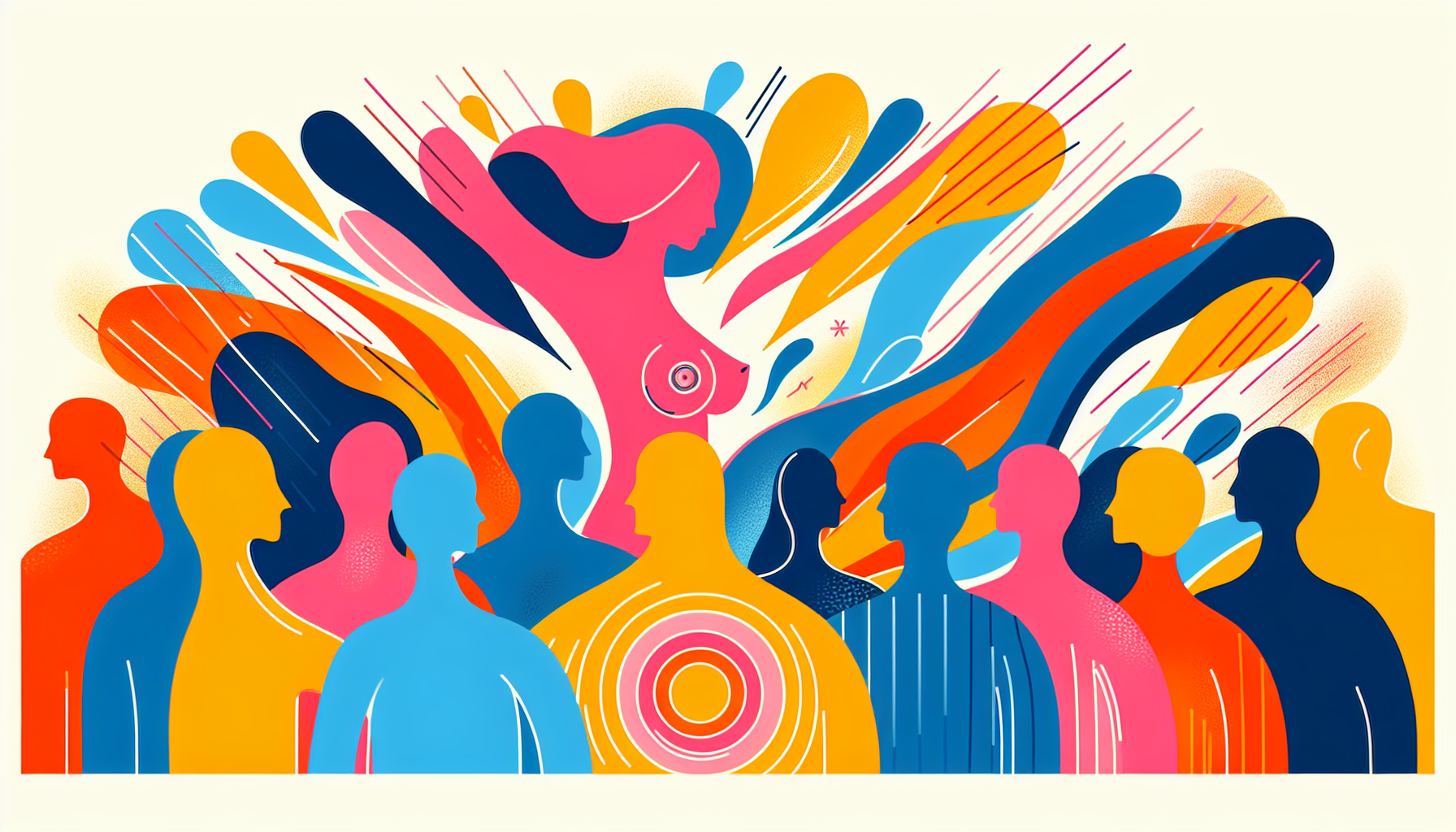Utah Becomes the First State to Let AI Handle Prescription Refills
Utah just made history: it's the first US state to let an AI system renew prescriptions on its own. The program covers people who are already taking medications for [...]
Read MoreBreast pain, also known as mastalgia, can be a concerning and uncomfortable experience for many women. While breast pain itself is not typically a sign of breast cancer, it is essential to understand the various causes and when to seek medical attention.
There are two main types of breast pain:
Cyclical breast pain: Linked to the menstrual cycle and hormonal changes
Noncyclical breast pain: Caused by factors unrelated to the menstrual cycle
Cyclical breast pain is the most common type of breast pain and is related to hormonal fluctuations during the menstrual cycle. Symptoms may include:
Aching and heaviness in the breasts
Swelling or lumpiness
Pain in both breasts, particularly in the upper and outer areas
Pain radiating to the armpits
Cyclical breast pain is most common in women in their 20s and 30s, as well as those approaching menopause. Treatment options may include oral contraceptives, reducing caffeine intake, and over-the-counter pain relievers like acetaminophen or ibuprofen.
Hormonal changes throughout a woman's life can contribute to breast pain. These changes may occur during:
Puberty
Menstrual periods or premenstrual syndrome (PMS)
Pregnancy, particularly in the first trimester
Breastfeeding, which can lead to mastitis if a blocked milk duct becomes infected
Menopause
Fibrocystic breast changes are another common cause of breast pain, affecting about half of women between the ages of 20 and 50. This condition involves the formation of fibrous tissue and fluid-filled cysts in the breasts. While it can be painful, it is generally harmless and does not require treatment unless symptoms are severe.
Extramammary breast pain feels like it originates in the breasts but actually radiates from another area, such as the chest wall. This type of pain often improves with rest, nonsteroidal anti-inflammatory medications (NSAIDs), and sometimes cortisone injections. Straining the pectoralis major muscle beneath the breasts can also cause pain that feels like it is coming from the breasts.

In addition to the causes mentioned above, breast pain can also result from:
Infection, such as mastitis or thrush
Injury or trauma to the breast
Certain medications, including some heart and psychiatric drugs
Skin conditions like dermatitis
Inadequate breast support, particularly in women with large, heavy breasts
While breast pain is rarely a sign of breast cancer, it is essential to consult your healthcare provider if you experience persistent or severe breast pain, notice any lumps or changes in your breasts, or have concerns about your breast health. Your doctor can help determine the underlying cause of your breast pain and recommend appropriate treatment options.
For more information on breast pain and breast health, visit:
Most cases resolve with simple measures like proper bra fitting, over-the-counter NSAIDs, and lifestyle modifications targeting hormonal triggers. Red flags include persistent one-sided pain with associated lumps or lasting beyond normal menstrual patterns. If you're experiencing concerning symptoms or need personalized treatment guidance, Doctronic can connect you with expert care quickly.
Utah just made history: it's the first US state to let an AI system renew prescriptions on its own. The program covers people who are already taking medications for [...]
Read MoreUnderstanding Mounjaro and Its UsesMounjaro is a prescription medication commonly prescribed for managing type 2 diabetes. It belongs to a class of drugs that help regulate [...]
Read MoreUnderstanding Hydrocortisone Uses and DosagesHydrocortisone is a versatile medication primarily used to reduce inflammation and suppress the immune system in various [...]
Read More